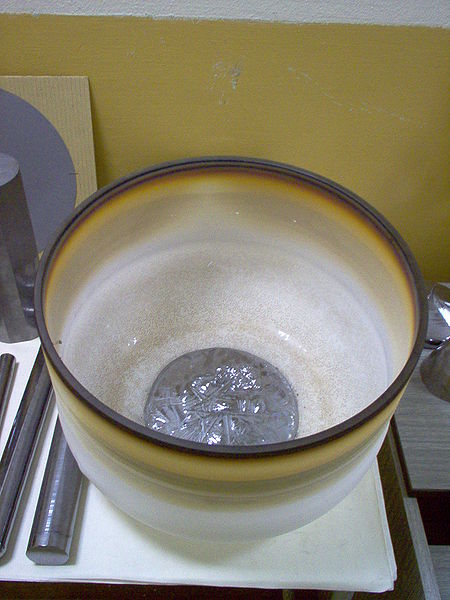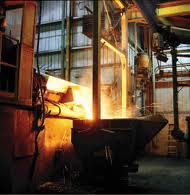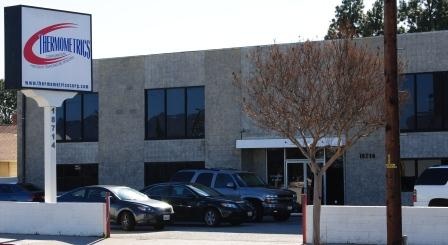Systems that deal with Molten Metal offer three types of products. They offer a variety of crucibles, foundry products, and furnaces. Thermometrics unique advantage of designing and manufacturing both furnace and crucible means that two work together to maximize energy efficiency and to prolong crucible life.


A foundry is a factory that produces metal castings. Metals are cast into shapes by melting them into a liquid, pouring the metal in a mold, and removing the mold material or casting after the metal has solidified as it cools. The most common metals processed are aluminum and cast iron. However, other metals, such as steel, magnesium, copper, tin, and zinc, are also used to produce castings in foundries.

A furnace is a major appliance that is permanently installed to provide heat to an interior space through intermediary fluid movement, which may be air, steam, or hot water. The most common fuel; source for modern furnaces in the United States is natural gas; other common fuel sources include LPG (liquefied petroleum gas), fuel oil, coal or wood. In some cases electrical induction heating is used as the source of heat, especially where the cost of electricity is low.

At Thermometrics, our guiding objectives are Customer Satisfaction and Continuous Improvement. We accomplish this through monitoring our systems, measuring our performance and employee development. Our goal is to continually work at being the most successful company in the world, in delivering the highest quality of products, technology, competitive pricing, continuous customer service and satNews & Events